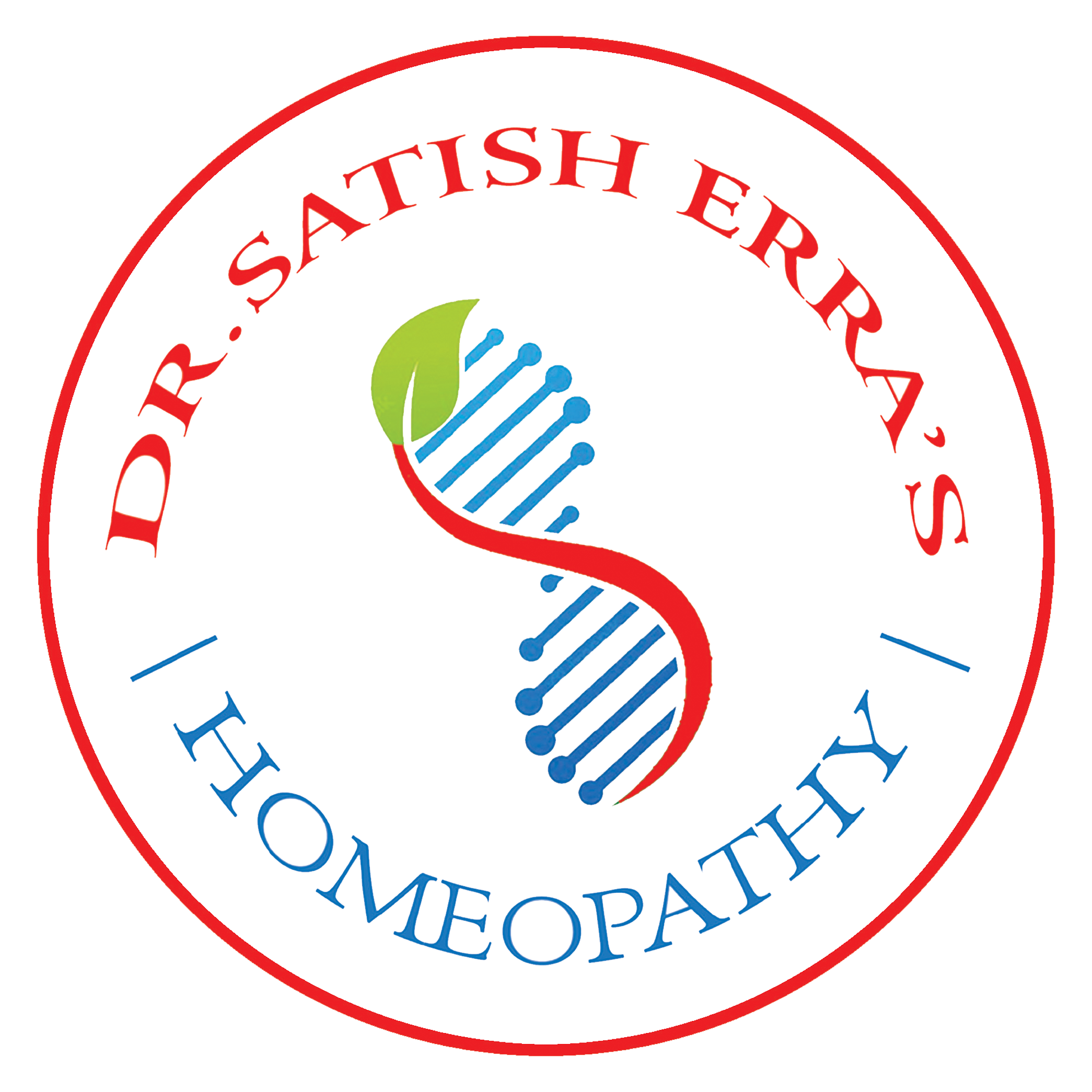Homeopathic Treatment for Endometriosis | Womens’s Health
Endometriosis is a chronic condition where tissue similar to the lining inside the uterus grows outside the uterus, causing pain, inflammation, and sometimes infertility. This disorder leads to severe menstrual cramps, chronic pelvic pain, heavy menstrual bleeding and discomfort during intercourse. Homeopathy provides hope and relief by addressing the root causes of the condition. Utilizing Endometriosis Homeopathic Medicine, the treatment focuses on natural and effective solutions.

Homeopathy Endometriosis treatment therapies.
Endometriosis, a widespread persistent condition, involves the growth of tissue similar to the uterine lining outside the uterus. Its symptoms vary from severe pain to fertility challenges, significantly impacting daily life. Conventional treatments often prioritize symptom control. But the homeopathic approach aims to target the root causes of the condition. This Endometriosis homeopathic approach is designed to deliver thorough relief and enhance overall well-being with personalized Homeopathy Endometriosis treatment therapies.
Conventional Treatment vs. Homeopathic Approach for Endometriosis
Conventional Treatment for Endometriosis:
- Medications:
- Pain Relief: NSAIDs (nonsteroidal anti-inflammatory drugs) like ibuprofen are commonly used to alleviate pain and inflammation.
- Hormonal Therapies: Birth control pills, progestins, and GnRH agonists are prescribed to regulate or stop menstruation, reducing or eliminating pain. These medications work by lowering estrogen levels, which helps to shrink endometrial tissue.
- Danazol: A synthetic steroid that suppresses the growth of endometrial tissue by inhibiting ovarian hormone production. It can have significant side effects and is less commonly used today.
- Surgical Interventions:
- Laparoscopy: A minimally invasive surgery to diagnose and remove or destroy endometrial tissue outside the uterus. It can provide relief but may require repeat procedures.
- Hysterectomy: In severe cases, removal of the uterus (and sometimes the ovaries) may be recommended. This is usually considered a last resort when other treatments have failed.
- Lifestyle and Dietary Changes:
- Dietary adjustments and regular exercise can help manage symptoms.
- Stress management techniques, such as yoga and meditation, are often recommended to help reduce pain and improve overall well-being.
Homeopathic Approach to Endometriosis:
- Individualized Treatment:
- Homeopathy focuses on treating the individual as a whole, not just the symptoms. A detailed case history is taken to understand the patient’s physical, emotional, and psychological state.
- Remedies are prescribed based on the unique presentation of symptoms and overall constitution of the patient.
- Commonly Used Homeopathic Remedies (NOT TO BE CONSUMED WITHOUT DOCTORS PRESCRIPTION):
- Belladonna: For intense, sudden pain that may be throbbing and worsens with touch or movement.
- Sepia: Often used for women who experience bearing down sensations, irritability, and a sense of fatigue or indifference.
- Pulsatilla: For patients who have changeable moods, weepiness, and symptoms that improve with open air and gentle motion.
- Sabina: Used when there is heavy menstrual bleeding accompanied by severe pain radiating to the thighs.
- Holistic Health Improvement:
- Homeopathy aims to stimulate the body’s natural healing processes and restore balance. By addressing the root cause of the condition and strengthening the immune system, it seeks to provide long-term relief.
- Treatment plans are tailored to support overall health, improving the patient’s resilience and ability to manage stress, which can indirectly alleviate symptoms of endometriosis.
Comparison:
- Symptom Management vs. Root Cause: Conventional treatments primarily focus on symptom management and providing immediate relief, often through medication or surgery. Homeopathy aims to address the root cause of the condition and enhance the body’s natural healing abilities.
- Side Effects: Conventional treatments, particularly hormonal therapies and surgery, can have significant side effects and risks. Homeopathic remedies are generally considered safe and free of severe side effects, although their efficacy is debated and depends on the individual response.
- Long-Term Outcomes: Surgical interventions can provide significant relief but may require repeat procedures, and medications often need to be taken long-term. Homeopathy aims for long-term improvement and overall health enhancement, though it may require more time to see results and is dependent on the practitioner’s skill and the individual case.
In short, while conventional treatments for endometriosis focus on immediate symptom relief and hormonal management, the homeopathic approach emphasizes individualized care, aiming to treat the person as a whole and stimulate the body’s natural healing processes. Both approaches have their strengths and limitations, and the choice between them may depend on the patient’s preferences, the severity of symptoms, and the response to previous treatments.
Dr. Satish Erra: A Champion of Holistic Relief for Endometriosis
If you’re seeking effective and lasting relief from endometriosis, Dr. Satish Erra, a leading authority in homeopathy, offers a comprehensive and individualized approach. Recognized as one of the Best Homeopathy Doctors for Endometriosis, Dr. Satish Erra prioritizes a holistic view of your health, going beyond just managing symptoms. His personalized treatment plans target the root causes of endometriosis, aiming to achieve long-term well-being and a significant reduction in pain and discomfort.
At Dr. Satish Erra Homeo Clinics, each Endometriosis treatment plan is personalized to the individual, taking into account their unique constitution and holistic health needs. By harmonizing the body’s natural healing mechanisms and restoring balance, Dr. Satish Erra strives for long-lasting relief and improved well-being, not just temporary symptom alleviation.
